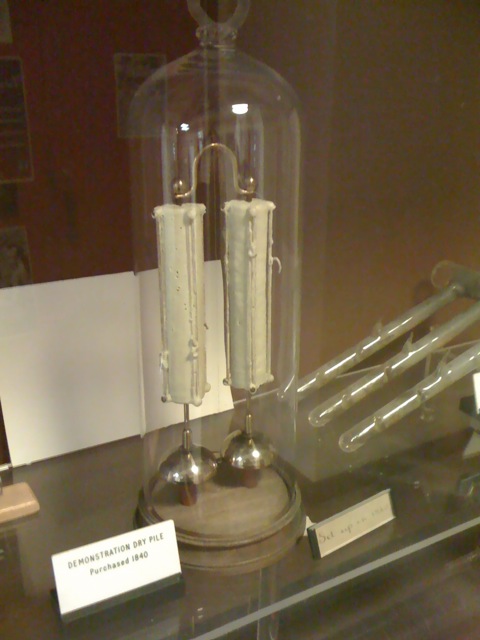In the heart of Oxford University’s Clarendon Laboratory, there exists a remarkable piece of history that has puzzled scientists for nearly two centuries. This piece of history is the Oxford Electric Bell, a device that has been operating continuously for 184 years, far exceeding the expectations of its 19th-century creators.

Table of Contents
A Glimpse into the Past
The Oxford Electric Bell, housed under a glass dome, operates on the principle of electrostatic attraction. A tiny 4-millimeter hammer swings between two brass bells, powered by an electrostatic force. Though the movement is too feeble to produce an audible sound, it is clearly visible to the naked eye. This extraordinary device was crafted by the Watkin and Hill workshop in 1825, with the bell itself brought to the laboratory by Reverend Robert Walker, an experimental philosopher of the era.
The Mystery of Its Power Source
One of the most intriguing aspects of the Oxford Electric Bell is its power source. Encased above the bells is a dry pile that resembles a candle due to its sulfur coating. The exact materials and construction of the pile remain unknown. Historical analyses suggest that the pile might contain around 2000 paper disks soaked in zinc sulfate, with one side coated in tin and the other in manganese dioxide. Despite its designation as a “dry” pile, the electrolytic action is believed to be facilitated by water or a water-containing paste.
Unprecedented Longevity
Since its installation in the mid-19th century, the bell has rung approximately 10 billion times, sustained by an astonishingly high 2-kilovolt charge between the bells—ten times the voltage of a standard household outlet. Each strike of the hammer transfers a mere few nanoamperes of charge, allowing the battery to deplete at an incredibly slow rate.
Back in 1840, when the bell was already ringing away, the world saw the issuance of the first postage stamp in Great Britain, the iconic Penny Black. The creators of the bell never envisioned such longevity. In fact, historical documents reveal that the device was expected to last no more than three to four years, described merely as a temporary novelty.
Awaiting the Final Chime
While the bell’s future remains uncertain, two eventualities are clear: either the battery will eventually deplete, or the mechanical hammer will wear out. Until then, researchers at the Clarendon Laboratory are eager for the moment they can finally uncover the true composition of this Guinness World Record-holding battery.
For now, the Oxford Electric Bell stands as a testament to the ingenuity of early electrical engineering, and its continued operation provides a fascinating link to the past as we marvel at its incredible endurance.
image source: wikipedia.org
What is Predictive Maintenance (PdM)?
In today’s fast-paced industrial and technological landscape, businesses are constantly seekin…
The World’s Most Enduring Battery: 184 Years and Still Running
In the heart of Oxford University’s Clarendon Laboratory, there exists a remarkable piece of history…
Rare Celestial Phenomenon Returns, Happens Only Once Every 80 Years
According to a statement from NASA, there is a chance once again to witness the super-bright celesti…

